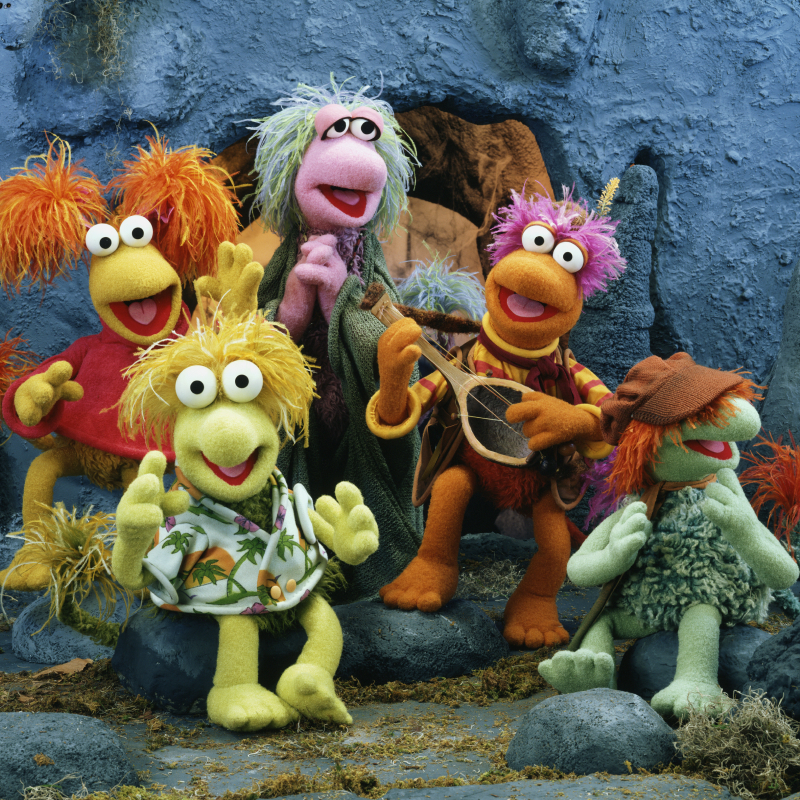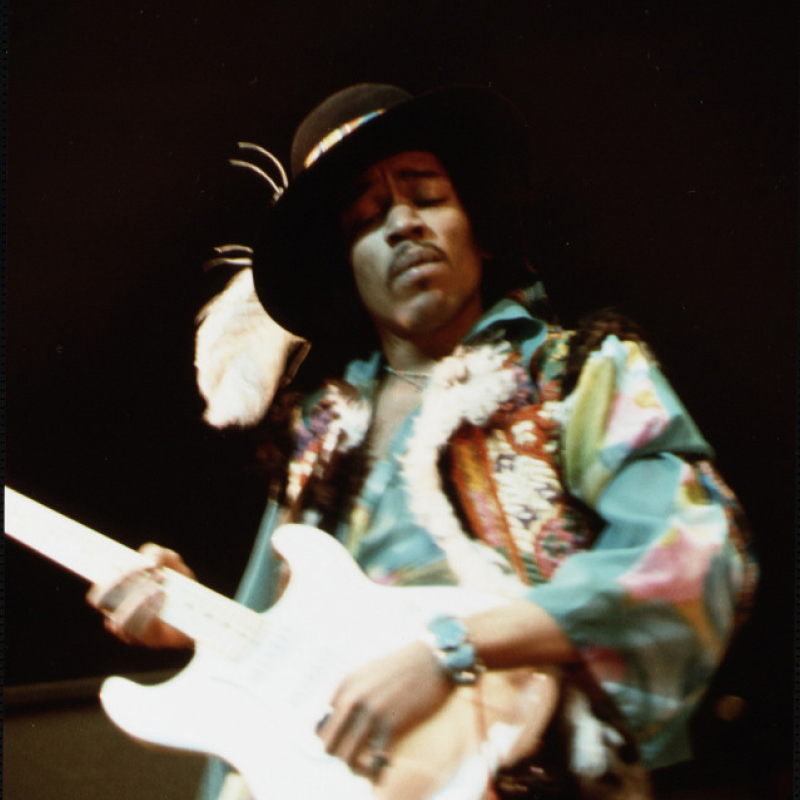Open today from 10 AM - 5 PM


Our special exhibition Keith Haring: A Radiant Legacy celebrates this iconic artist’s life, work, and activism. Join us for a members-only panel conversation that explores Haring’s artistic legacy and how it has influenced and inspired Seattle artists barry johnson and Xavier Kelley. The panel will be moderated by MOPOP Senior Curator Amalia Kozloff and includes time for Q+A.
Photo provided courtesy of Allan Tannenbaum.
















